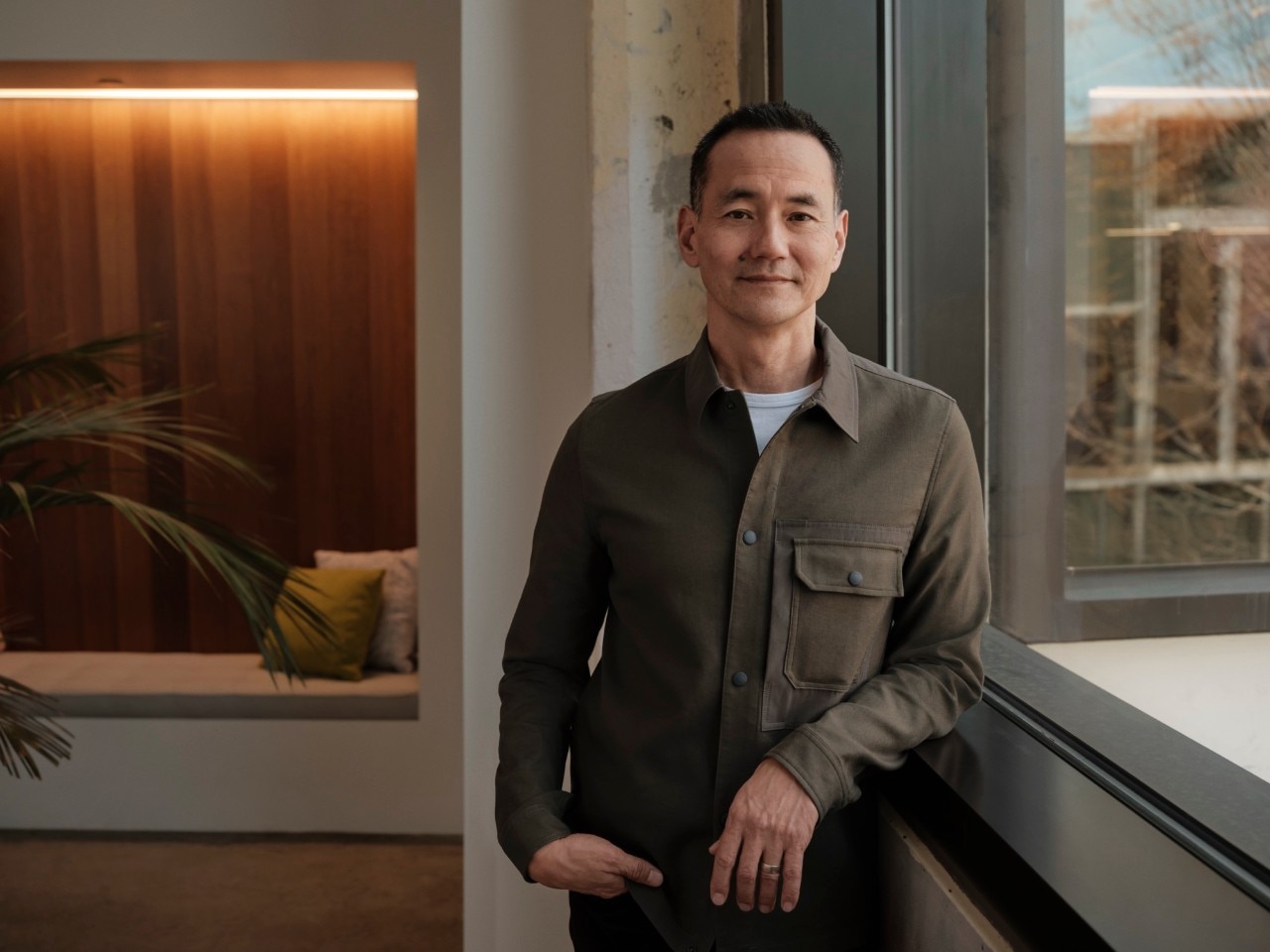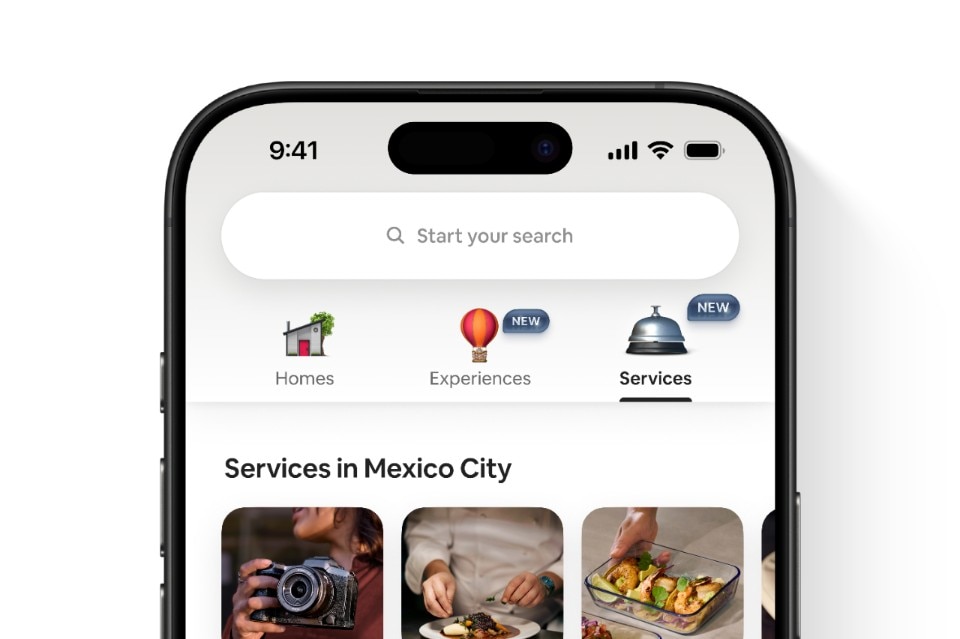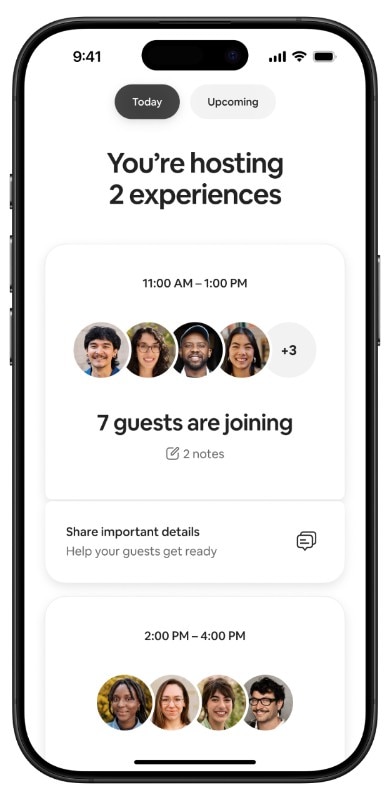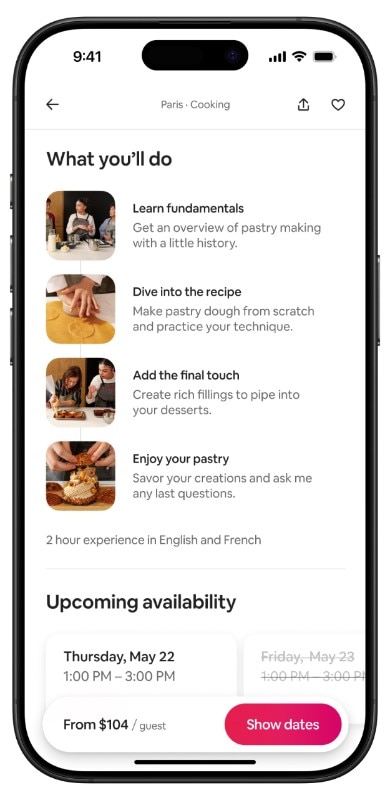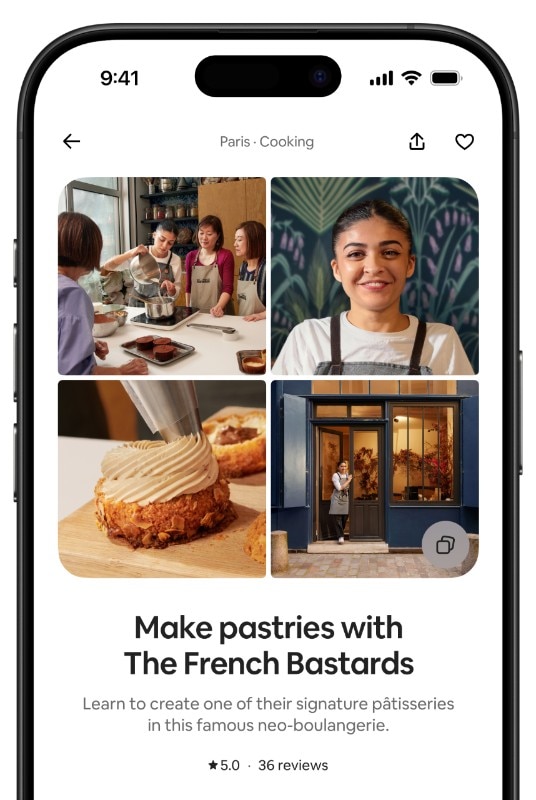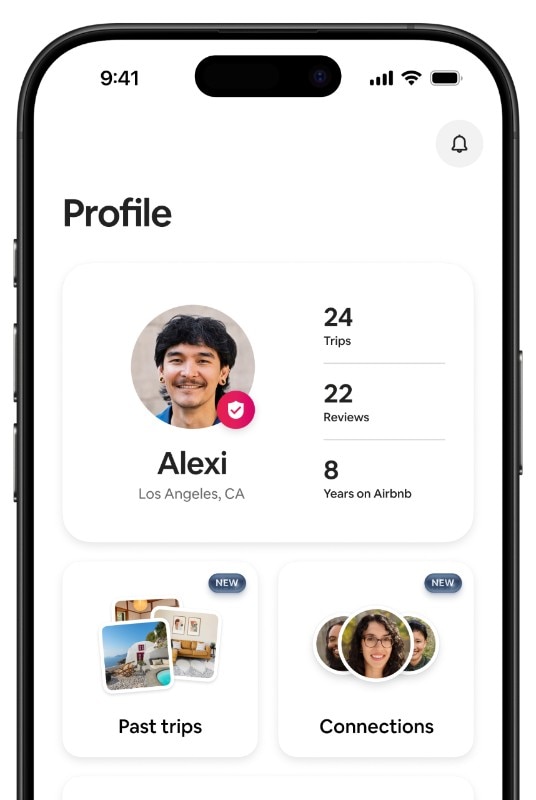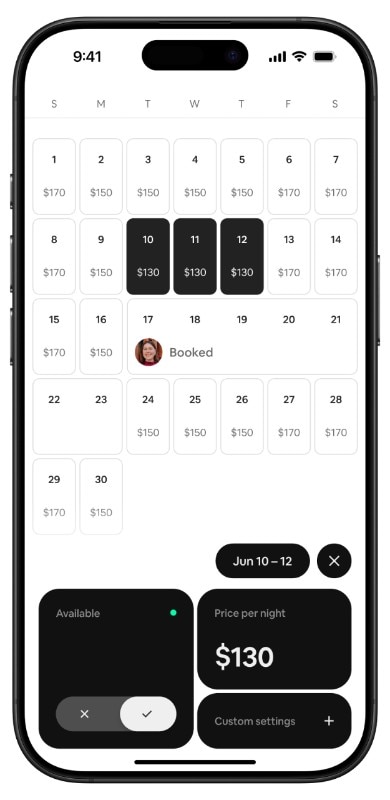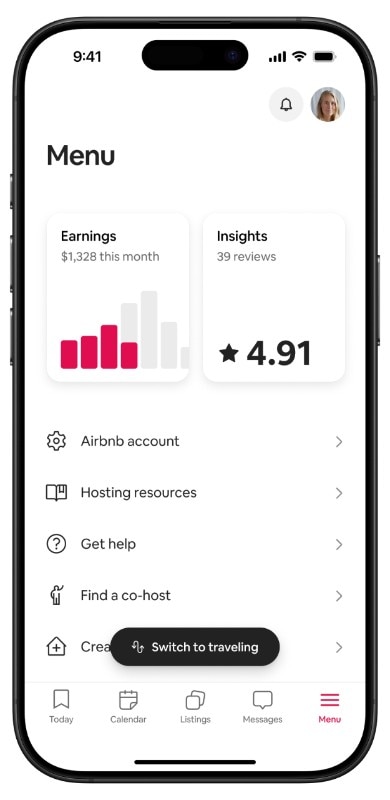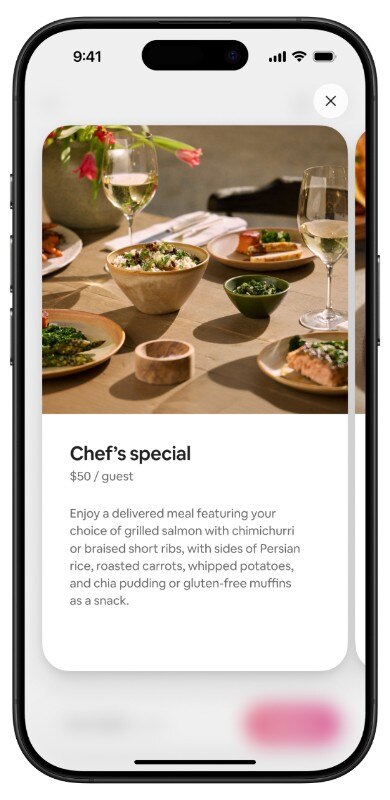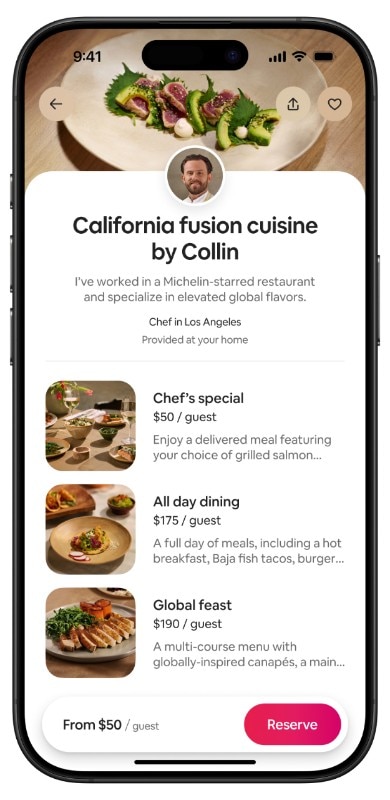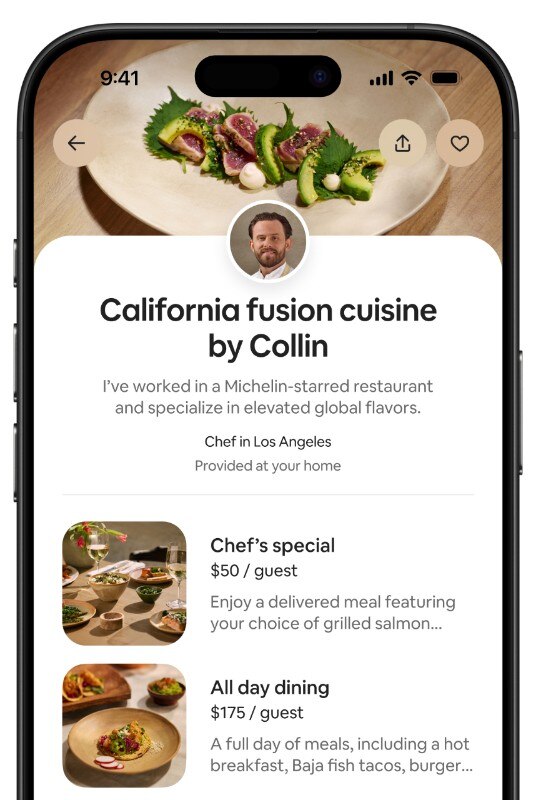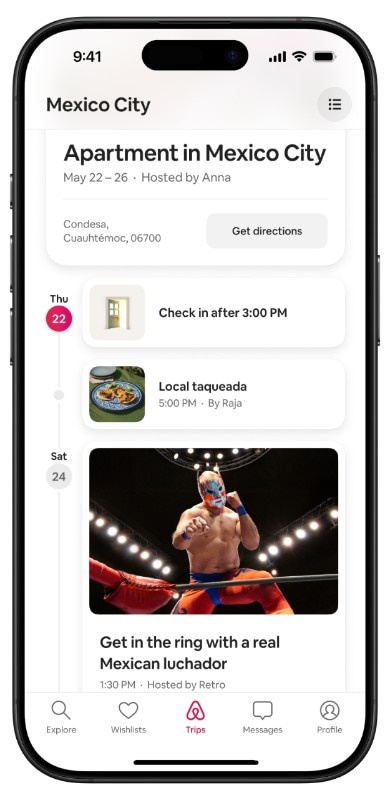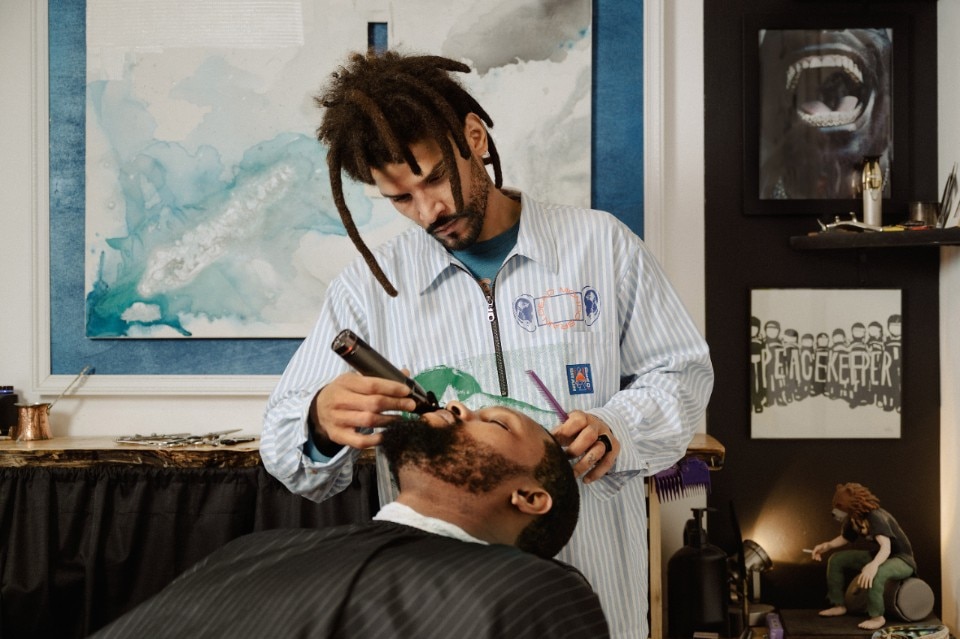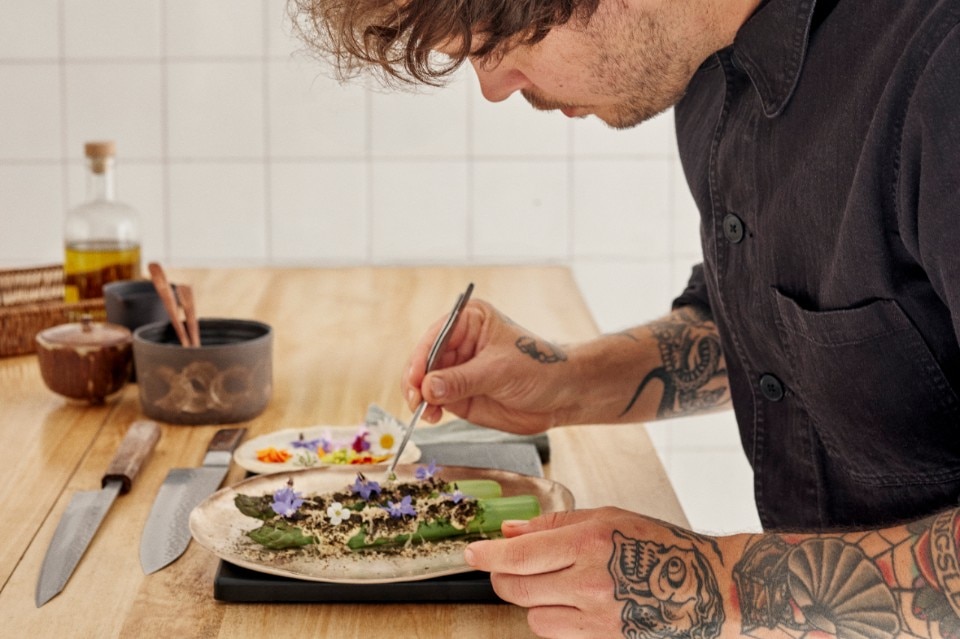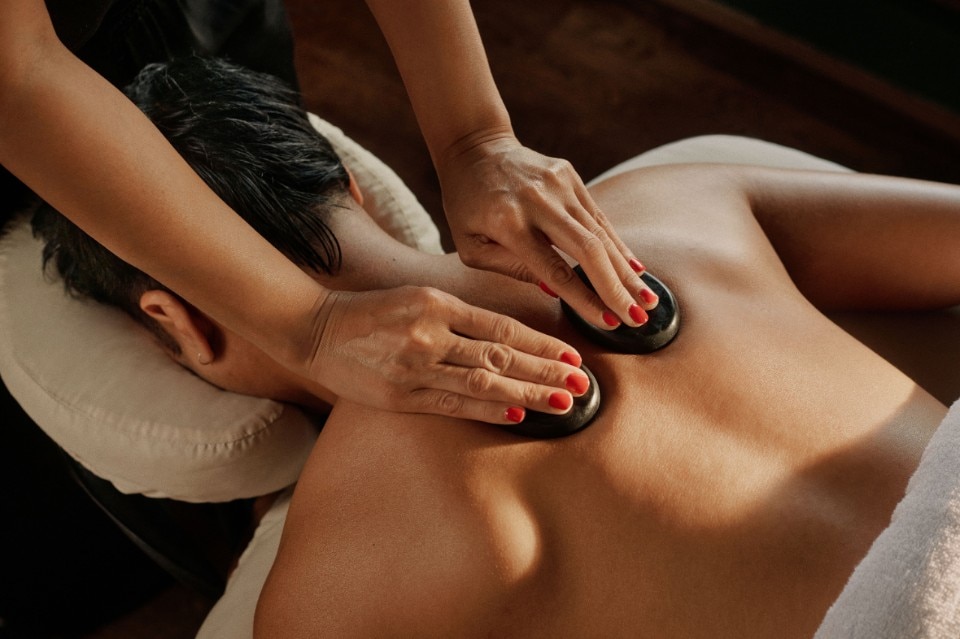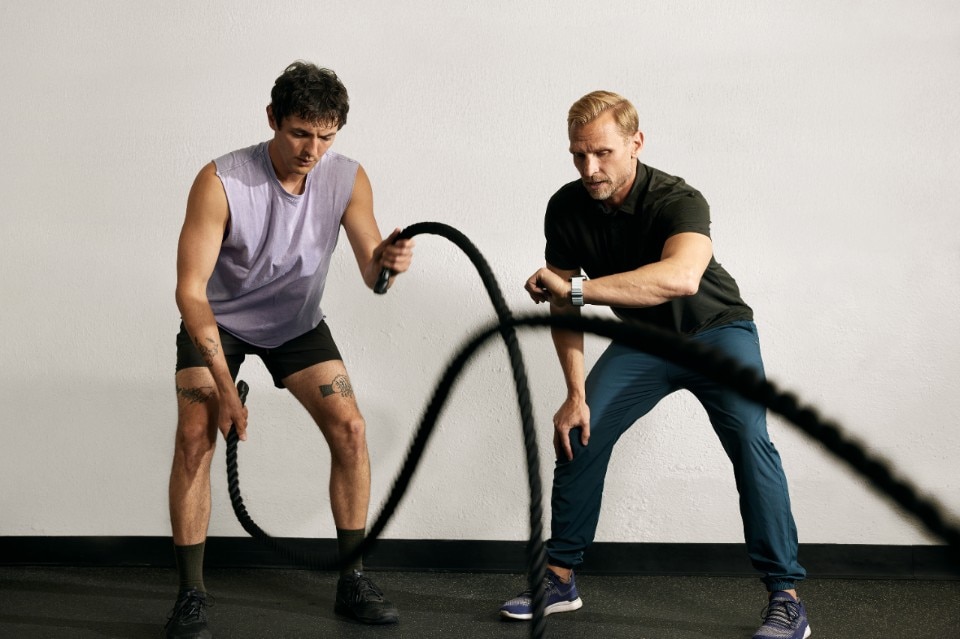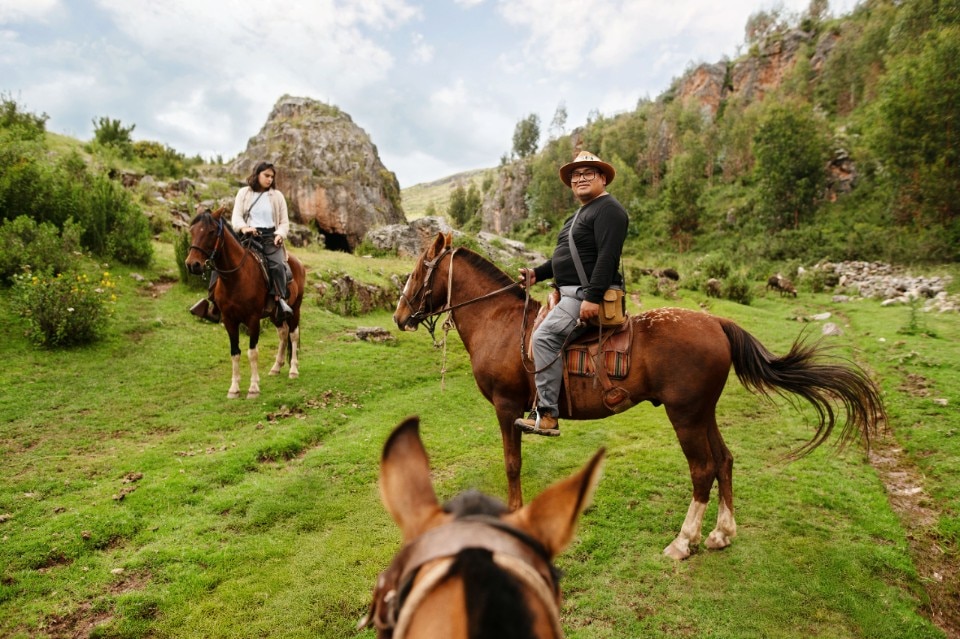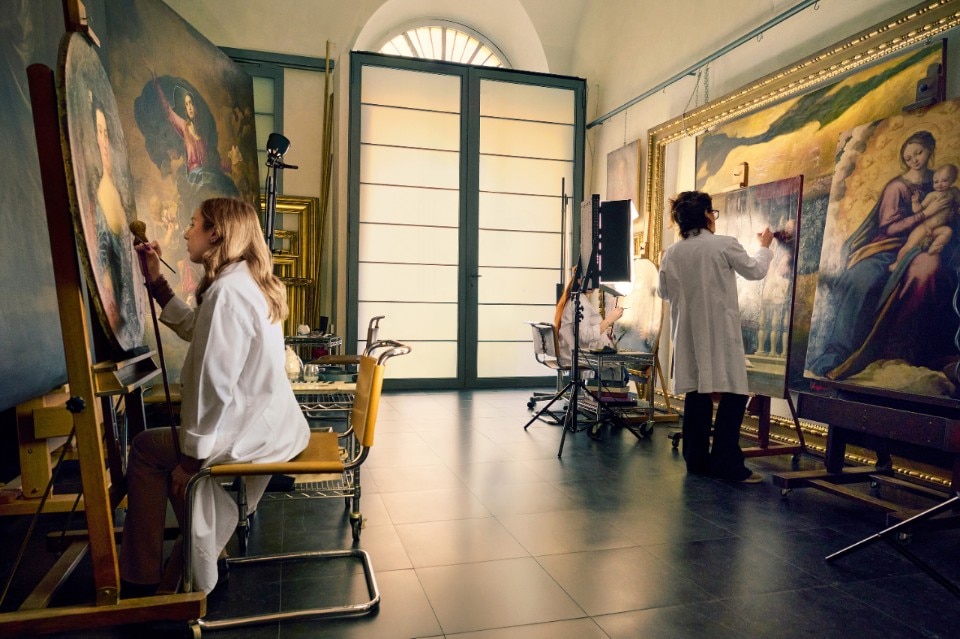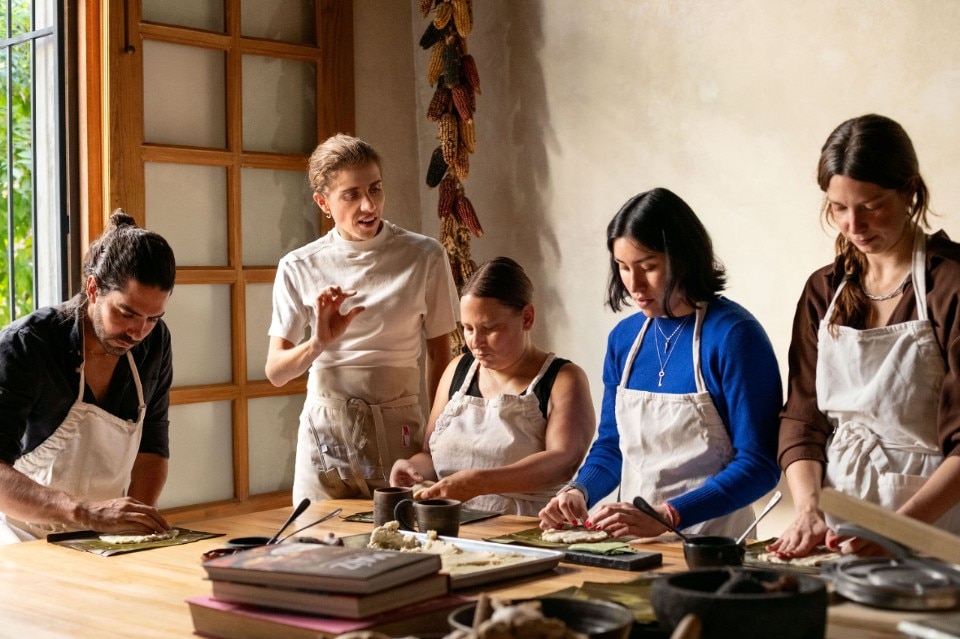Airbnb is moving past vacation rentals. With its Summer Release 2025, the company introduced a new Services offering and rebooted its Experiences, redesigning them from the ground up.
With Services, Airbnb tries to fill the gap with hotels by partnering with chefs, personal trainers, hairdressers, and other professionals who can bring their services to travelers wherever they're staying.
With the new, redesigned Experiences, the company is instead trying to reposition itself as a traveling community, offering travelers the ability to discover the places they're visiting with locals through original and hopefully unforgettable activities.
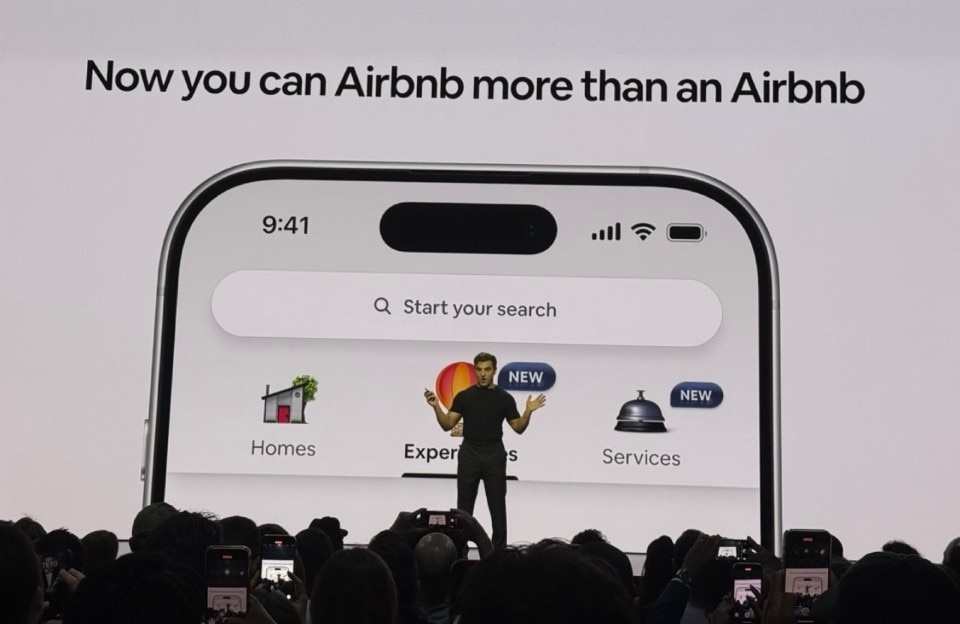
The new Airbnb app is what holds everything together. It was redesigned from the ground up with simplicity in mind to streamline and simplify the entire Airbnb experience. At the company's Summer Release event in Los Angeles, we sat with Hiroki Asai, Global Head of Marketing, to talk about the role of design at Airbnb.
Despite heading Airbnb's marketing effort, Asai is fundamentally a designer and also leads the company's in-house creative teams.
He told us that at Airbnb, design isn't just about aesthetics—it's a fundamental approach to problem-solving that permeates the entire organization. During the company's Summer Release event, CEO Brian Chesky even emphasized design's critical role in shaping Airbnb's new offerings. For Asai, this design-first philosophy influences every aspect of the company's operations.
Design at Airbnb
"Design for Airbnb is really how we all approach problems," he says. "It's the way we organize our teams. And it's the way we get work done through the year. It's the way we think. And it's the way we talk to each other."
This comprehensive vision of design extends beyond products to include internal processes. "Everything we do, it just sounds so cliched, I know, but really, everything we do is designed—even internal meetings!"
Airbnb's design-centric approach influences not just product features but fundamental business decisions. This is no accident, says Asai, design is embedded in the company's DNA. "At Airbnb, two of the three co-founders were designers. They met in design school. We're very lucky because design and creativity are in the company's DNA."
However, this approach isn't without challenges. Asai is keenly aware of how companies can become insular in their thinking. "I think many companies, especially creatives and marketers, easily get so contained in their own world and their own thinking that they start to think from the company out," he notes. This inside-out mentality leads to unnecessary complexity and jargon that confuses customers. "Our design approach, which works well with the business approach, tries to avoid this pitfall as much as possible; it's always outside-in," Asai explains.
The experience of designing Experiences
When it came to reimagining Airbnb Experiences, authenticity guided the design process. The team sought to connect travelers with genuine local perspectives of destinations worldwide.
"In the world of travel, what we want to do is really try and connect people with the most authentic version of a city, of a place," Asai says. "You know, the kind of Tokyo that people living in Tokyo would want to show you, the version of Paris that the person living in Paris would want to show you."
This commitment to authenticity, which will of course have to stand the test of actual users booking and reviewing the experiences, required extensive on-the-ground research. "We knew we wanted to reveal the most authentic version of 600 of the world's best cities," Asai notes. "The only way to do that is to be on the ground, talking to those people, talking to curators, understanding what's happening in popular culture there, finding the best bakeries, and finding the best restaurants."
The research process was intensive, with hundreds of people investigating each city to identify its essential characteristics. "We went in and had hundreds of people researching every city, trying to distill each city down to three principles," Asai explains. These principles then guided the design of experiences, products, and even advertising, through what Asai describes as "concurrent design," where "every discipline is working at the same time, across the same deadline."
Design for Airbnb is really the way that all of us approach problems. It's the way we organize our teams. And it's the way we get work done through the year. It's the way we think. And it's the way we talk to each other.
Hiroki Asai
The new app
The new Experiences are now prominently featured in the new Airbnb app, which the company rebuilt from the ground up to encompass the new business direction. The app's new design system, says Asai, "makes you feel human by adding little touches, surprises, and serendipity that make the whole thing feel intentional."
The redesign was informed by the emotional journey of travel planning, which moves from the excitement of dreaming about travel to the more concrete planning phase, followed by the often stressful booking process, a pause period, and finally the travel itself.
"The emotional satisfaction of those things is really high at dreaming, because you're dreaming about travel, you love travel, you're imagining this world opening up," Asai explains. This emotional curve dips significantly during booking, which Asai describes as "the most hated part, it's the most unsatisfying part of the travel experience."
Recognizing that Airbnb has traditionally operated in this frustrating area of the travel experience, the new app was built expressly to minimize friction. "
Design and Artificial Intelligence
In an era where artificial intelligence is transforming creative industries, Airbnb showed a refreshing commitment to human-centered design. During the Summer Release event, the company showcased hand-animated 3D content, and CEO Brian Chesky emphasized that AI cannot replace the emotional experience of travel. Airbnb makes no secret that it wants to reposition itself as a community for travelers, betting on the fact that the human-first nature of travel won't really change, despite AI-driven societal changes.
Asai's view on the topic is quite pragmatic: "I guess the way I think about AI is that it's just a tool. And it's always just going to be a tool, a super advanced tool, maybe a super-agentic tool." For him, human creativity remains irreplaceable, particularly in bringing together "the serendipity, the connection between two unrelated things that add to an interesting third meaning."
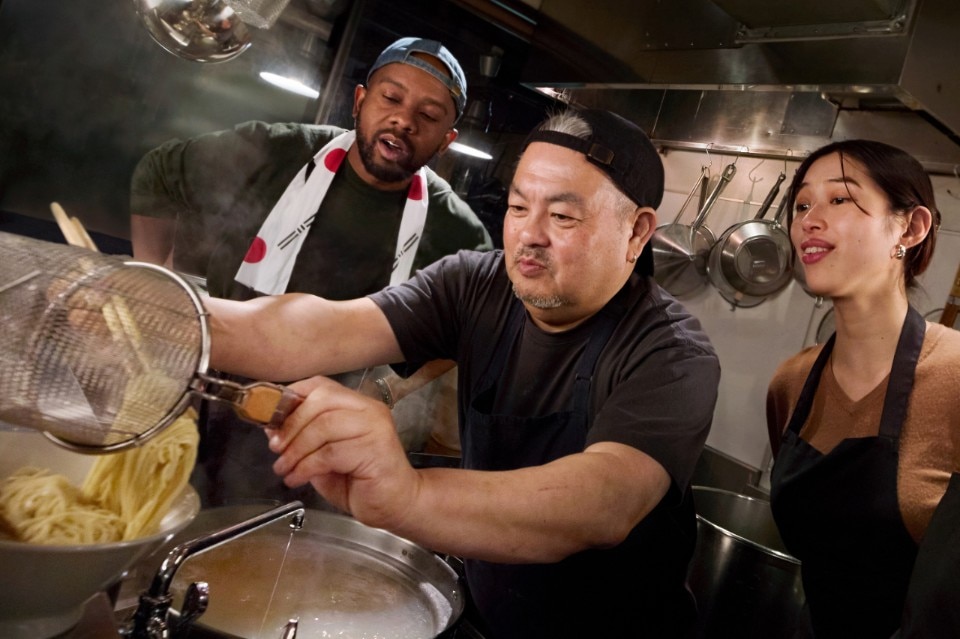
This perspective aligns with Airbnb's philosophy, which sees travel as the most aspirational element you can possibly leverage from a business perspective. "In our world, the most interesting thing you could do is travel. What do you want to do when you retire? You want to travel. What would you do if you won the lottery? You're going to travel," he told me. "And so travel is really one of the fundamental human things that are real, that people aspire to do."
The unique value of human insight is what Airbnb aims to capture in its Experiences. "When you think about the Eiffel Tower, what is the most interesting, slightly tangential maybe, way to experience the Eiffel Tower and give you insight into it that you've never had before?" Asai asks. "That's going to come from putting two things together that seem unrelated to get a meaning that's kind of above both of those things."
While acknowledging that AI will bring "seismic change" and force us to "question and rethink everything," Airbnb chief of Marketing remains generally optimistic about the technology's role. He believes the true value lies in human creativity, namely in the ability to take concepts and experiences that are unrelated and "create a meaning that's bigger than the sum of their parts."
When I replied that, right now, a lot of the narrative around AI seems to revolve exactly around the (false?) promise of democratizing creativity (think Studio Ghibli surrogates), Asai replied with an interesting dismissal of the trend. "I think many people mistake execution for creativity. Digital photography replaced film; computational photography on our phones replaced studio lighting, replaced aperture, replaced having to understand light and exposure, and all that stuff."
While these tools have indeed democratized photographic creation, the photographs that truly move us stem from something deeper. "Certain photographs move us and touch us and make us see things that we didn't think we could ever see or juxtapose things that we thought would have never spent a calorie thinking about," notes Asai, reflecting that this has nothing to do with how they were taken. "No AI will be able to make that, because what's behind that is the fundamental human experience - process, iteration, serendipity."


